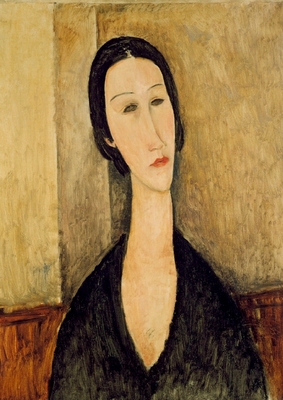From the material ... to the spirit
It was in 1984 that I first met Fausto Maculan. His office was still at the family home in via Castelletto, in Breganze. Fausto was already well known at the time and it was my mother who suggested I called him to ask for an appointment. In fact we went together to talk to him and ask him for his precious torcolato grape marc.
I was 22 and eager to learn, and I have never met in my life a teacher as intelligent, educated and generous as he was. In the following years we saw a lot of each other and thanks to Fausto I learnt many things. It was him who suggested I go to Alsace and study how to distill fruit: I stayed there for many weeks, at Jean Paul Metté’s, and then to meet the many excellent distillers of the region: Meyer, Miclò, Nusbaumer… but that’s another story.
Let’s go back to torcolato, this sweet wine symbol of Breganze’s wine making culture.
There are about ten torcolato producers associated with the Consortium for the protection of Breganze DOC wines, and they all committed themselves to give their grape marc exclusively to our distillery.
The best bunches of Vespaiolo grapes gathered in September are twisted (torcolati, hence the wine’s name) around strings to form braids of grapes that will be left hanging from the fruit-loft ceiling.
The drying normally goes on until December, causing water to evaporate from the grapes and sugar to become more concentrated.
The change in temperature often leads to the development of botrytis cinerea, the famous noble bunch rot responsible for new aromatic elements.
Torcolato grape marc looks like raisins. The most difficult thing is to remove the stalks that many producers leave in place to help the draining of wine during pressing.
Over the years we tried different ways to remove them: with a pitchfork, with manual sifters, with destalkers… If I only think of what my brother Andrea and our chief craftsman Bruno Pajetta came up with! The stalks could not be left together with the skins because they can confer an unpleasant grassy taste to Grappa, so it was imperative to take them away.
Once you’ve removed the stalks manually, you must make the skins ferment so that sugar turns into alcohol. It also took us a few years to learn how to make the torcolato grape marc ferment correctly, experimenting with the most diverse techniques.
It is not easy to make sweet grape marc ferment in December, with that cold. Years of experience taught us how to run a controlled fermentation and obtain a distillate with complex and elegant aromas, the most outstanding ones being raisins, dried fruit, ripe apricots, figs, dates and prunes.
Jacopo Poli

Grappas
Young Grappa
Amorosa di Dicembre
Enchanting like the long-necked women painted by Modigliani.
Young Grappa, flowing-steam distilled.
Its aroma recalls a tray with raisins, prunes, apricots and dry figs.
Find out more Watch
Watchthe video
Distillates
Features
Raw material: Vespaiolo for Torcolato wine
Production method: artisanal distillation, in small lots, with a discontinuous copper still provided with steam pots
% Alc - Content: 40% Alc./Vol - 500 ml
Service: at temperature of 10/15 °C - 50/59 °F in a tulip-shaped glass
Packaging: cardboard package




